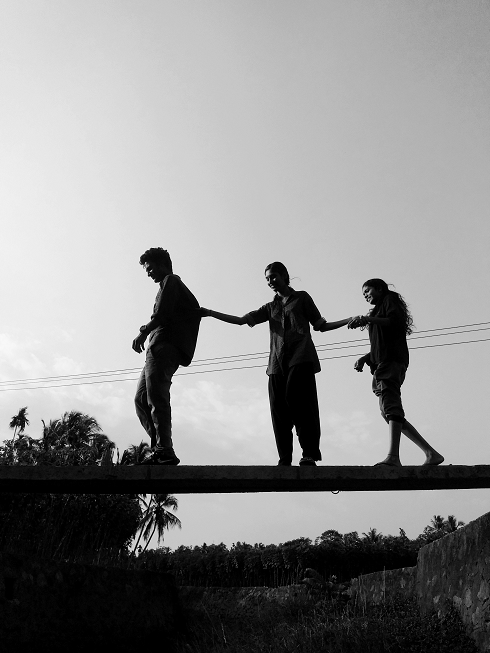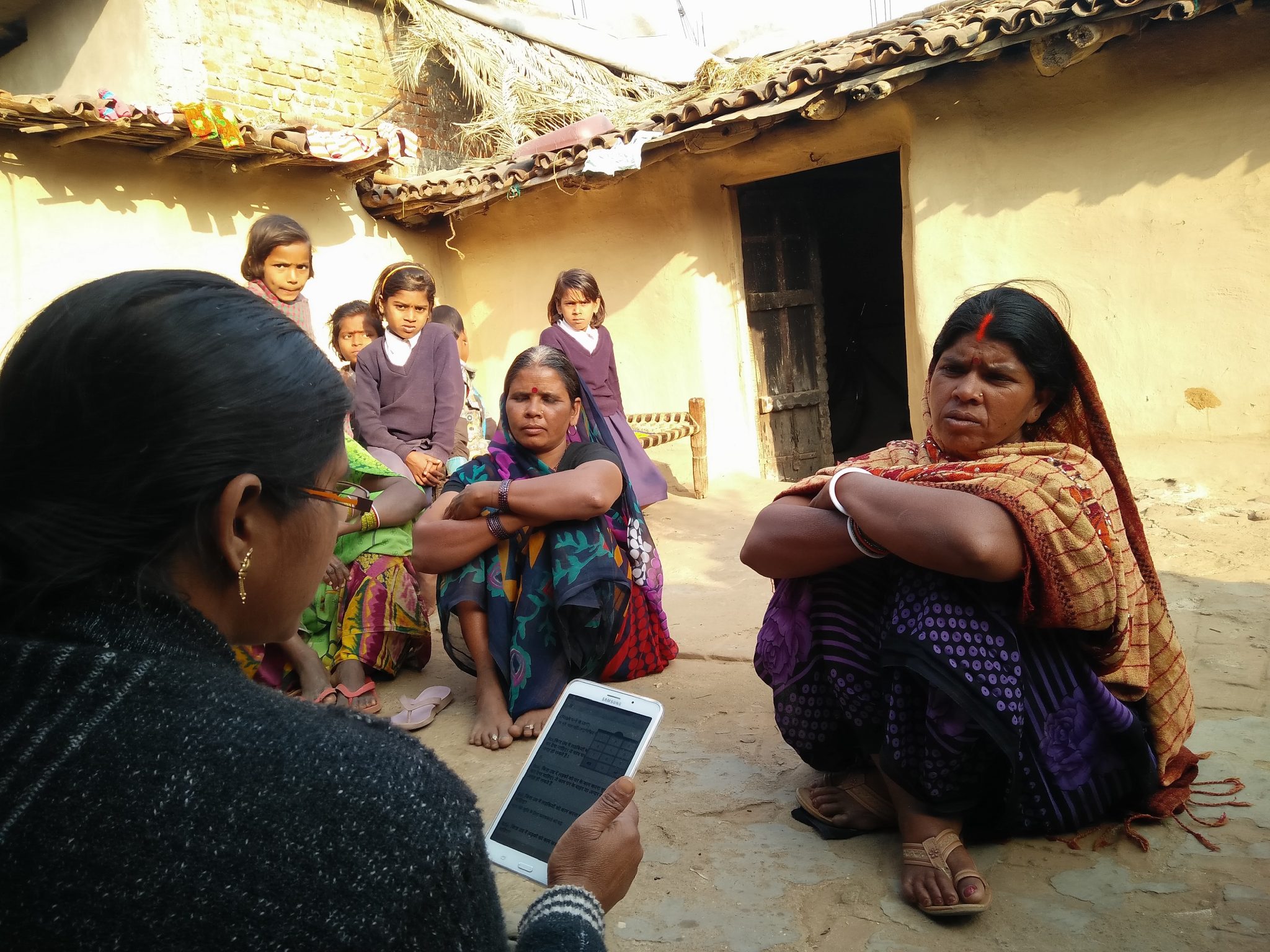Blog Details
The demographic dividend is defined as an advantage in terms of economic growth that a country acquires due to a shift in its demography as more people fall into the labor force. To put it simply, when a large part of a country’s population starts entering the age gap of 5-64, a potential demographic dividend is possible. This shift is valued as during this time there are more people who can contribute to the economy and are independent when compared to children and elders who depend on the working class for survival. While Thailand and South Korea can be cited as recent examples that have been able to reap the benefits of the same, nations like India and Bangladesh are still struggling.
India experienced a period of population explosion after independence. Initially, birth rates marked by better medical infrastructure were able to counter the death rates. Soon, various programs and measures like the National Population Policy were introduced to explain to people the benefits of having fewer children. This in turn incentivized birth control and raised the legal age for marriage to finally coercive policies such as mass sterilization during the period of emergency. While the response to these programs was often sub-par and sometimes even controversial, after the 1960s the birth rates slowly began to decline and rapidly declined to post the 90s. As the birth rates fall the proportion of the dependent population in a country falls significantly and this leads India into a phase of robust growth vis a vis demographic shift.
Since the period officially began in 2018, India has not really been off to a good start. The country already observing a falling GDP when the coronavirus barged in, further threatening the economy. In contrast, Bangladesh, which is also undergoing the same phenomena has witnessed path-breaking growth over the last few years. In 2007 its per capita GDP was half of that of India, now it has surpassed that of India itself. Even during the pandemic, it has been able to sustain a positive growth rate.
There are various aspects to this but some indicators do highlight what Bangladesh has done right. For instance, Bangladesh has higher female participation in their workforce and fared much better on the Gender Gap Report at rank 65 while India slipped to 140. This is an important indicator since both men and women are major parts of the demography and when both of them contribute to the economic process it results in higher growth. According to the World Economic Forum, societies with greater gender equality not only tend to grow faster and more equitably. In India female participation is much lower due to various societal barriers and taboos coupled with poor employee benefits and work environment. This leads to a high wastage of labor force as a big part of the population not only isn’t allowed to tap into its economic potential.
Another for instance is a higher life expectancy in Bangladesh. The country has managed to improve life expectancy to 72 years, surpassing India with 68 years. This again highlights the role the medical infrastructure has played in the country and has developed systems that produce output.
Not only these, but the last three decades have also been a major turnaround for Bangladesh as it significantly reduced infant mortality rates, maternal mortality rates, dropout rates, and increased adult literacy, primary and secondary school enrollments. The reasons are many but two of them play a much more significant part.
First, as discussed already is the empowerment of women as they have been provided political, economic, and social space. This can be witnessed by the ready-made garment (RMG) sector which has been the backbone of economic growth in the country. It accounts for 83% of the country’s total exports revenue and ends up employing approximately 80% of women. Thus women are becoming a part of the nation's functioning and contributing to its growth. Even in the political space, Bangladesh is becoming more inclusive to women as female representation in their parliament has gone up to around 20% from 15% since 2001.
Second, will be the investment, planning, and execution it did to boost its human capital. Better quality health and medical facilities have been able to better protect the citizens than before, evident from the increment in life expectancy from 65.5 years in 2000 to 72.6 years in 2019. This coupled with substantial growth observed in the literacy rates, jumping from 58.8% to 74.7% in just nine years. Thus formulating a strong human capital.
It is the work done over the last three decades that allows Bangladesh to reap the benefits of its population today. Today, for India to gain maximum benefit out of its demography, it is essential for the government to follow a policy to protect, educate and include, in a fashion like Bangladesh’s.
Otherwise, the demographic dividend can turn out to be a demographic disaster in the country.
If employment and the economies continue to fall, the society is subject to become more dystopian and change a demographic dividend into a demographic disaster. As more people will end up being unemployed, not only would we be underutilizing our resources, these people would have personal issues of making ends meet. This can turn out to be disastrous as these people will also end up depending on the existing workforce, instead of being able to be a part of it.
Additionally, Covid-19 has thoroughly exposed the medical infrastructure in the country while schools and colleges providing online education are trying to grapple with it. The other inequalities that would further rise because of the virus and would contribute to dividing people on the basis of gender, caste, and religion might still just go unaccounted for.
It is indispensable for India to grow during this period, as not being able to do so might just have an infinite opportunity and actual cost. Investment in services to the people should be treated as a priority. As an educated, skilled and healthy youth is the chance India has to leverage its position.








David Angel Makel
IT ConsultantIt is a long established fact that a reader will be distracted by the readable content page looking at its layout point of using normal